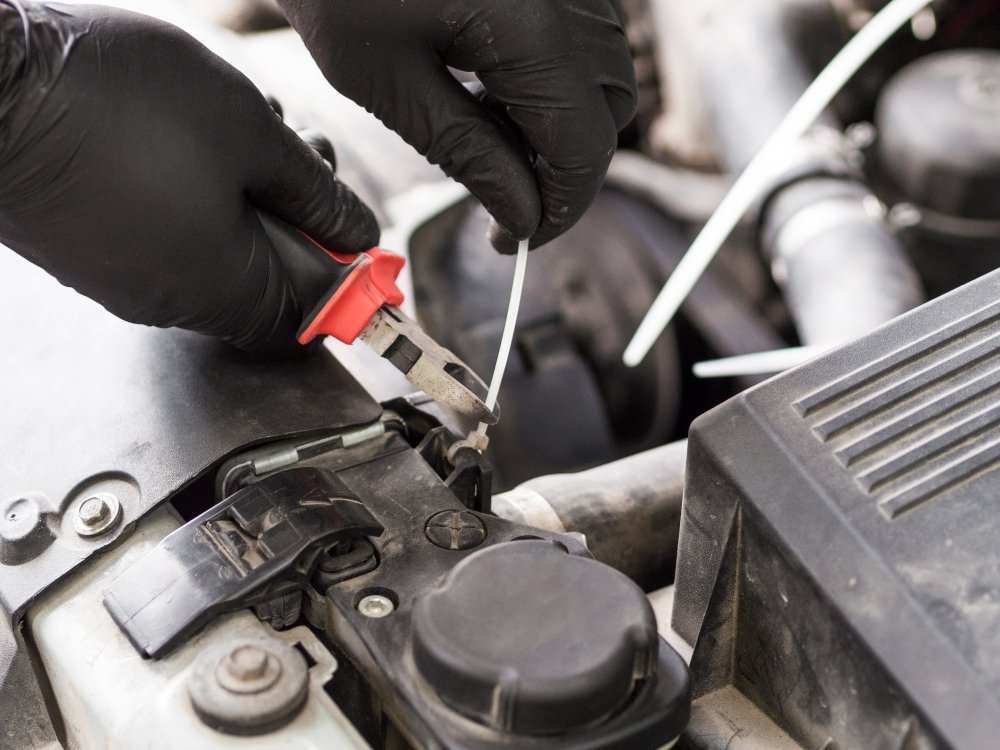Fuel injection is one of the most critical systems in any diesel engine. Whether it’s powering a marine vessel, a locomotive, or a power generator, the injection system must deliver fuel with exact timing, pressure, and spray pattern. This is where OMT stands out — a renowned manufacturer of high-performance fuel injection components used in some of the world’s toughest applications.
In this post, we’ll break down what OMT fuel injection systems are, how they function, and why they are trusted in demanding industries.
What is OMT Fuel Injection?
OMT (Officine Meccaniche Torino) is an Italian company that specializes in advanced fuel injection systems for large diesel engines. Established in the mid-20th century, OMT has built a reputation for manufacturing durable, high-precision components used in engines where reliability is non-negotiable.
Their product range includes:
- Fuel injectors
- High-pressure injection pumps
- Fuel nozzles
- Related fuel system components
OMT systems are widely used in industries where engines run for long hours under high loads, such as in marine, rail, and power generation.
How Does OMT Fuel Injection Work?
OMT fuel injection systems are designed to deliver precisely metered fuel into the combustion chamber at very high pressure. This ensures efficient atomization, proper mixing with air, and complete combustion.
Here’s a simplified overview of the process:
- Fuel is pressurized by the injection pump.
- Fuel is delivered to the injector at the right moment in the engine’s cycle.
- The injector sprays the fuel into the combustion chamber through a fine nozzle.
- The fuel ignites, powering the engine.
OMT systems may be mechanical or electronically controlled, depending on the engine type and application.
Key Components of OMT Fuel Injection Systems
1. Injectors
These are responsible for injecting fuel directly into the engine cylinder. OMT injectors are known for precise fuel metering, durability, and clean spray patterns that ensure optimal combustion.
2. Injection Pumps
OMT pumps generate the pressure needed to force fuel through the injectors. These pumps must maintain consistent pressure even during extended operation in tough environments.
3. Nozzles
Fuel nozzles control the direction, spray angle, and atomization of the injected fuel. OMT designs nozzles to deliver fuel efficiently with minimal waste and emissions.
4. Control Systems
Modern OMT systems may incorporate electronic control units (ECUs) to manage injection timing, fuel delivery rate, and diagnostics, allowing for improved engine efficiency and lower emissions.
Applications of OMT Fuel Injection Systems
OMT systems are found in a wide range of heavy-duty applications, including:
- Marine engines – for propulsion and auxiliary power
- Locomotives – in diesel-electric rail systems
- Power plants – in stationary generators for continuous or backup power
- Heavy equipment – such as mining, construction, and industrial machinery
These environments require systems that can operate reliably under pressure, temperature extremes, and heavy load — conditions where OMT thrives.
Benefits of OMT Fuel Injection Systems
- High reliability and longevity under extreme operating conditions
- Precision-engineered components for efficient combustion
- Improved fuel economy and lower emissions
- Lower maintenance demands compared to older systems
- Global service network for spare parts and technical support
Maintenance Tips for OMT Fuel Injection Systems
To keep your OMT system running smoothly:
- Check fuel filters regularly and replace as needed to prevent clogging
- Monitor injection pressure and injection timing during routine checks
- Inspect injectors for carbon buildup or wear
- Use genuine OMT parts or certified equivalents
- Follow engine manufacturer guidelines for service intervals and adjustments
Conclusion
OMT fuel injection systems are built for performance and durability. Whether used at sea, on railways, or in stationary power units, they deliver the precision and consistency that diesel engines need to perform efficiently. Understanding how your fuel injection system works and maintaining it properly can extend engine life, reduce operating costs, and improve overall performance.
